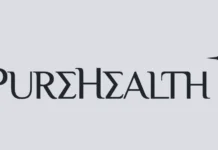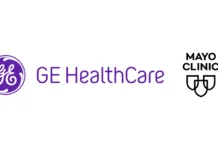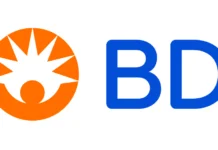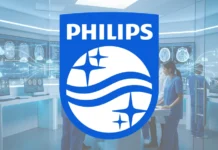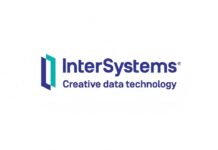The limited efficacy and negative side-effects associated with current therapeutics for Hepatitis B and C are highlighting the urgent need for new, improved alternatives. Combination therapies offering better clinical outcomes are coming to the fore and look set to transform the European market for Hepatitis B and C.
New analysis from Frost & Sullivan , Analysis of European Hepatitis B and C Therapeutics Markets, finds that the Hepatitis B market earned revenues of $1.26 billion in 2012 and estimates this to reach $1.89 billion in 2019, while the Hepatitis C market is projected to expand from $2.40 billion to $3.66 billion over the same time period. The therapeutic segments covered include interferons and nucleoside analogues for Hepatitis B, and Standard of Care (Peginterferon alfa and Ribavirin) and protease inhibitors for Hepatitis C.
The side-effects associated with interferon-based therapeutics – such as fever, headache, fatigue, muscle and joint pain, shivering, and the ineffective response to Hepatitis C Virus (HCV) genotype 1 patients – are motivating the development of combination therapies.
"Improved drug efficiency, reduced pill burden and lower dosage frequency are among the common advantages related to the use of combination drugs," notes Frost & Sullivan Healthcare Research Analyst Deepika Pramod Chopda. "For instance, the combined use of interferon and interferon-free treatments is expected to yield positive results among infected patients; ribavirin-long acting interferons combination is estimated to boost the therapeutic success rate by over 50-60%."
The market is responding swiftly to the demand for improved therapeutic offerings. There has been an increase in new classes of compounds such as protease inhibitors, NS5a inhibitors, and nucleotide polymerase inhibitors for interferon-free treatment of HCV and Hepatitis B Virus (HBV).
At the same time, wider access to personalised medical treatment is encouraging the uptake of novel, improved therapeutics. The availability of drugs that target viral hepatitis infections according to distinct genetic strains is promoting market development.
HBV and HCV are prevalent among illegal drug users and migrant populations across Europe. However, low awareness means that many affected patients remain untreated.
"Wider access to national counselling programmes and enhancing awareness among high-risk populations such as drug users, infected mothers, and migrants is critical," concludes Chopda. "Such initiatives, together with free screening and reduced treatment costs, will help limit the incidence and impact of Hepatitis B and C."






